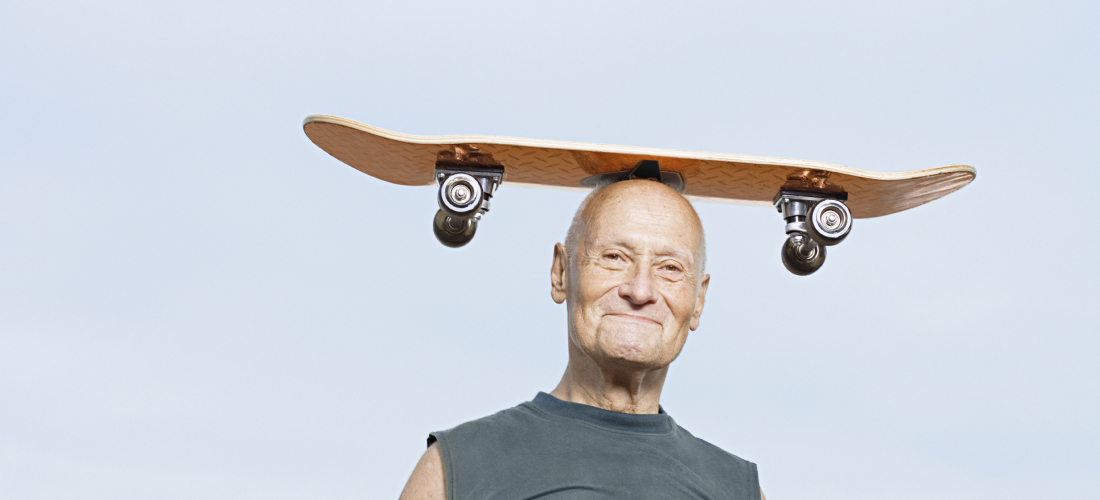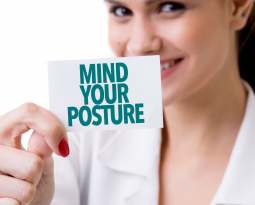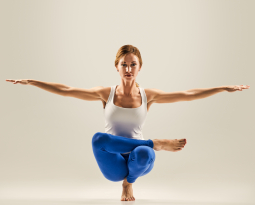
Bad Posture: major cause for falls in the elderly
Bad Posture: major cause for falls in the elderly
The leading cause of death in the elderly population according to the Center for Disease Control is falling. Nearly one out of three elderly adults falls every year, with more than 2.3 million nonfatal fall injuries occurring each year. More than 662,000 of these elderly adults were hospitalized from falling. These tragedies could be prevented through proper postural corrections that have been shown to improve balance. Equilibrium and balance have shown to directly decrease with degeneration of a persons posture.
The research demonstrates when a person begins to develop postural distortion patterns of the thoracic spine their ability to balance is decreased. The spine is what allows us to stand and sit up straight. It has 3 slight curves to provide a kind of shock absorber along with the vertebral discs. As the posture in the upper back begins to worsen the spine becomes distorted. This slight curve increased dramatically causing a decrease in height, but more importantly the person to lean forward. This also changed the position of the head placing it in front of the person’s body. The body has incredible equilibrium when used as designed. However with the upper body leaning forward, and the head placed even further in front of the body it makes balance a difficult task; especially in the elderly who have decreased reaction speed to situations that lead to a fall. The development of postural distortion patterns decreases a person’s ability to balance. In the elderly population this is the leading cause of death. There fore by improving your posture you increase your life span.
How long you sit and in what positions determine the health of your spine. Postural distortion patterns do not develop over night. This comes from our daily habits. Remaining unaware of your posture and allowing your self to be in bad posture through out your day causes compensation in you spine. These changes are seen through incorrect posture. Slouching, and sitting for long periods of time are a common cause of these posture distortion patterns. More specifically when we don’t sit up straight we are placing the spine in bad positions. This takes away the spines primary function of supporting the body and placing extra work on the muscles of the back and spine. This is also a common reason for back and neck pain. If this continues the spine develops laxity in the joints and eventual degeneration in the spine leading to permanent postural distortion patterns, like the kind that increases falls.
Test yourself!
An easy way to check if you are developing this postural distortion pattern is to test yourself. Sit up straight in a chair, with your feet flat on the ground, your back straight and not leaning against anything. You should easily be able to maintain this position for 30 minutes with out any discomfort, pain, or fatigue. If you cannot then your spine and muscles are not functioning correctly. For a more detailed analysis of your posture, and to see if you may be developing these postural distortion patterns get a Posture Diagnosis Online from the American Posture Institute at www.americanpostureinstitute.com.
4 Tips to improve your Posture
Posture Habits Re-education
- Practice sitting up straight at your work space
- Use a posture reminder.
- Chose an item to serve as your posture reminder. Place it on your desk and every time you look at it remember to: Sit up straight, and maintain good posture. Over time you will develop the habit of good posture awareness.
Posture Rehabilitation
- Increase the flexibility and motion of your spine
- Lean against a wall with your feet one step forward and shoulder width apart. With your pelvis, shoulders and head touching bring your arms up. Keep your elbows against the wall and slowly raise your arms upwards keeping all previous points touching the wall. This will be difficult at first, but that demonstrates your need for it. Repeat this 2 times a day for 10 repetitions.
Spinal Alignment
- Retrain the curve of your spine
- With your back laying on a hard surface, such as the floor, place a cushion/pillow under your mid back. This will stretch the thoracic spine and help to regain the proper curve of the spine. Do this for 5 -10 minutes 2 times a day. As it gets more comfortable increase the height of the cushion/pillow.
For more information on how your posture may be causing your health problems, how to stay healthy through proper posture, or for more ways to improve your posture contact Dr. Mark Wade at: API@AmericanPostureInstitute.com or find more information like this at www.AmericanPostureInstitute.com
Reference:
Balance disorder and increased risk of falls in osteoporosis and kyphosis: significance of kyphotic posture and muscle strength. M. Sinaki, R. Brey, C. Hughes, D. Larson, K. Kaufman. Osteoporos Int (2005) 16: 1004-1010. DOI 10.1007/s00198-004-1791-2
Center for Disease Control. Falls in the Elderly. http://www.cdc.gov/homeandrecreationalsafety/falls/adultfalls.html

















